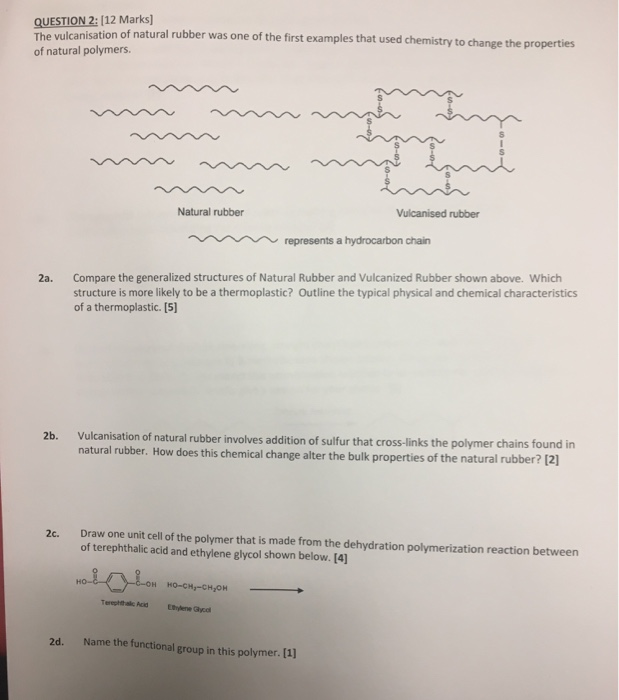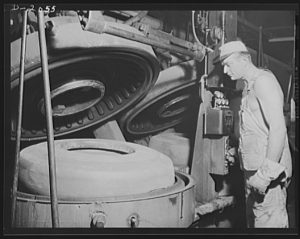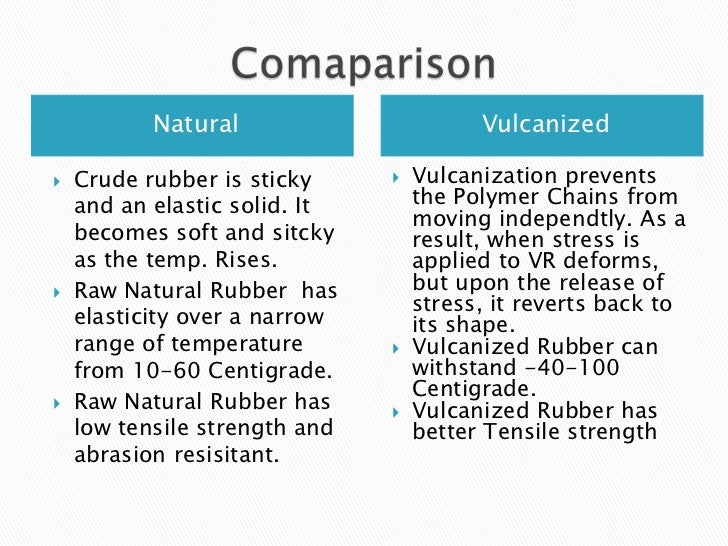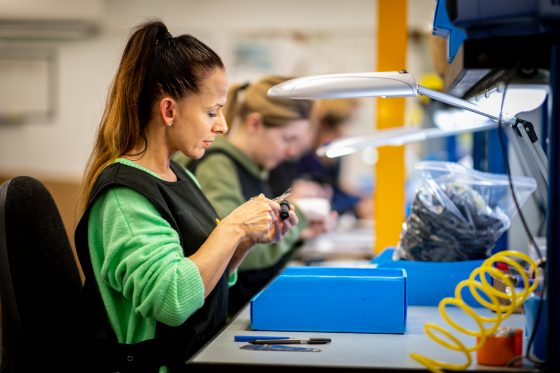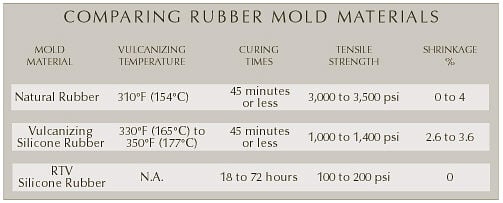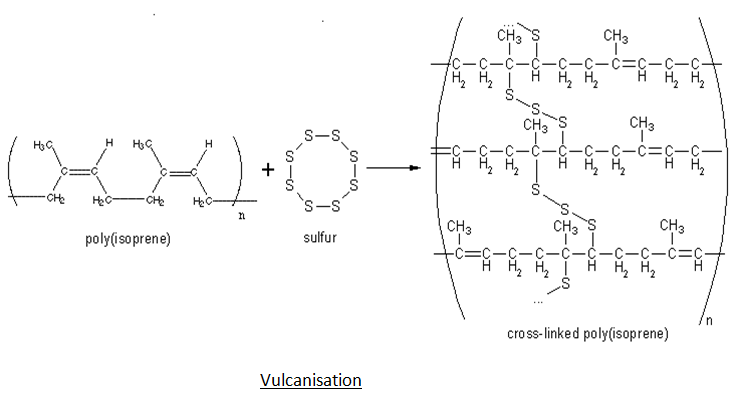Characteristics Of Vulcanised Rubber

Vulcanization chemical process by which the physical properties of natural or synthetic rubber are improved.
Characteristics of vulcanised rubber. Vulcanised rubber is required to restore various artefacts. Vir vulcanised indian rubber electrical cables b efore the introduction of pvc the majority of electrical cables used had vulcanised india rubber vir for insulation and protection. With the terms vulcanization and cu. As players increase their archaeology level and use higher tier mattocks they are able to excavate vulcanised rubber at quicker rates.
It is used in almost pure form dip or mixed with other materials. Nr is stabilized by vulcanizing it using sulphur. Rubber insulation and other rubber products require shaping prior to vulcanisation because the vulcanised rubber cannot be shaped by mechanical pressing once it has acquired its characteristic plasticity. Finished rubber has higher tensile strength and resistance to swelling and abrasion and is elastic over a greater range of temperatures.
High strength elasticity durability and waterproofness which are granted through a chemical process. Vulcanized rubber is a thermoset plastic because once molded vulcanized rubber retains its shape and cannot be reformed. Vulcanized rubber has an intermolecular system with highly cross linked polymer chains. What is vulcanization of rubber how to vulcanize rubber the process transforms elastomers with weak thermoplastic properties into a strong elastic and tough substance with useful properties and introduces a network of cross links into the elastomers.
Dielectric cable vulcanized rubber is characterized by small dielectric losses and high electric strength. Vulcanized rubber is marked by a few key characteristics. Unvulcanized rubber only has polymer chains doesn t have cross links or intermolecular networks. Vulcanization refers to a range of processes for hardening rubbers.
The process is carried out by heating the rubber mixed with a vulcanizing agent in a mold under pressure. This process vulcanization takes place when rubber is heated with a curing ingredient typically sulfur. The vir cables were used in the majority of the wiring in properties and on the whole did not have an earth wire attached the continuous protective circuit. However it has also grown to include the hardening of other rubbers via various means.
Physical properties can be varied over a wide range of rigidity and flexibility. Examples include silicone rubber via room temperature vulcanizing and chloroprene rubber using metal oxides. Tensile strength is maximum at optimum cure. By vulcanising rubber in moulds products of rather intricate shape can be obtained.
Vulcanization can therefore be defined as the curing of elastomers. It is made from various types of raw rubber including organosilicon ethylene propylene and isoprene raw rubber which are filled with white mineral fillers. The term originally referred exclusively to the treatment of natural rubber with sulfur which remains the most common practice. Vulcanised rubber like other archaeology materials can be stored in the material storage container.







